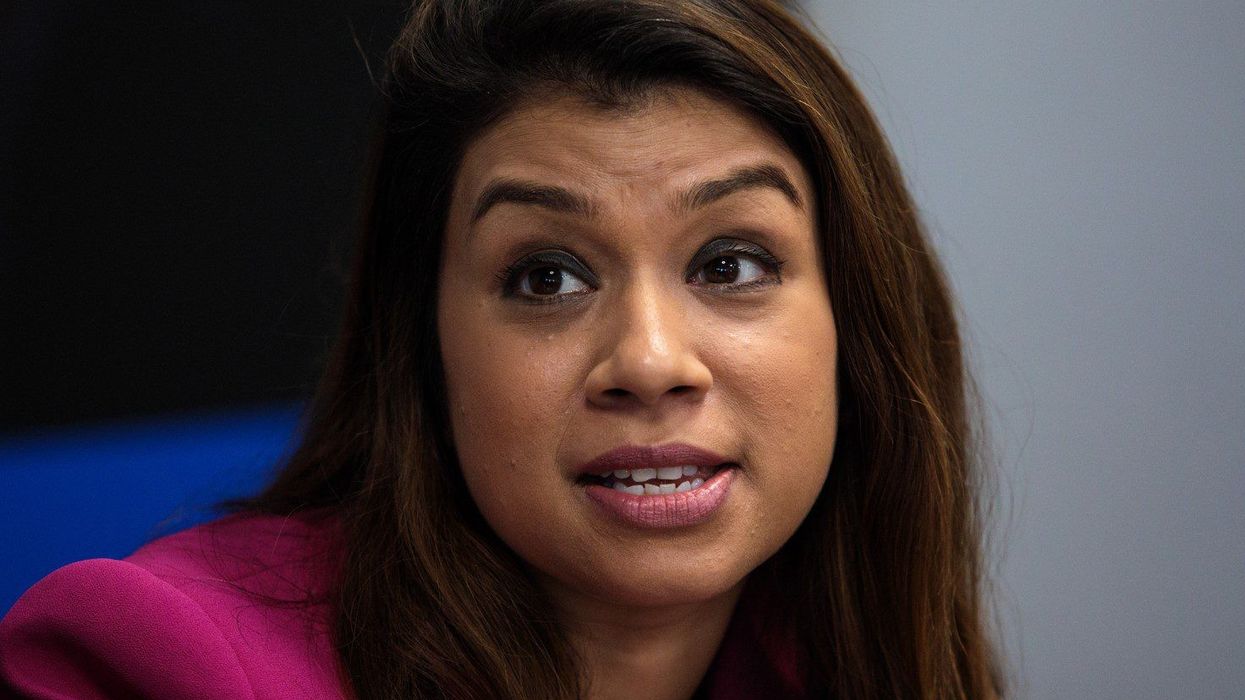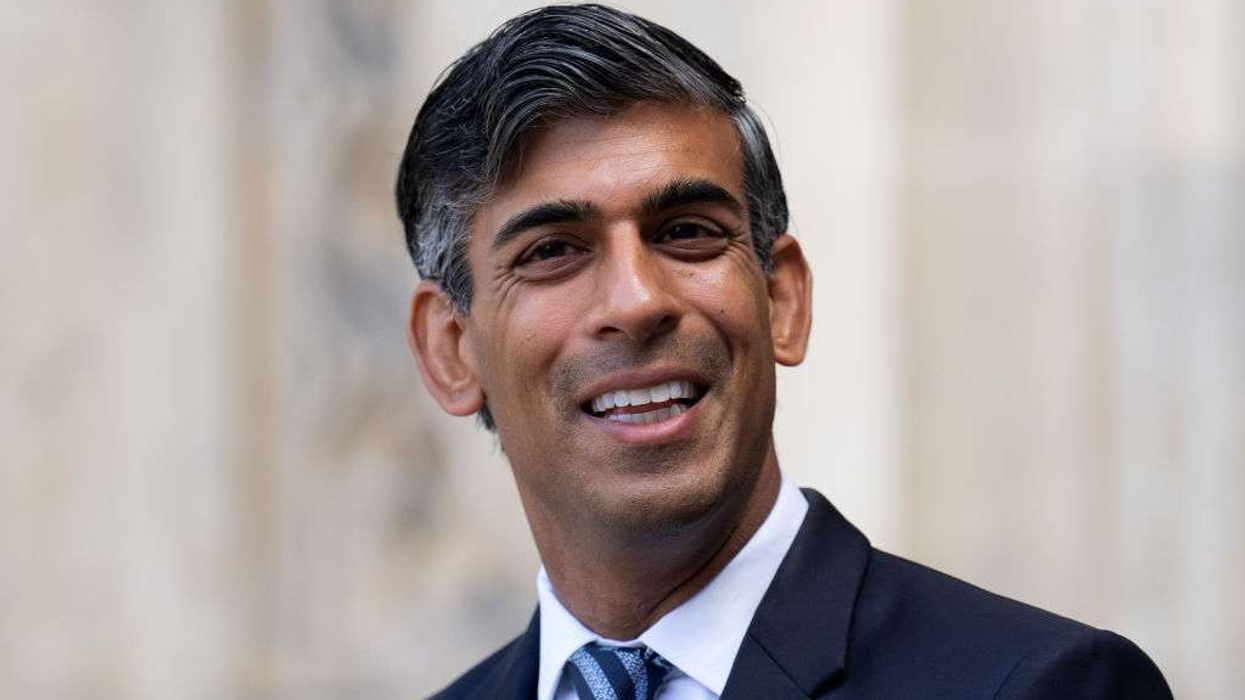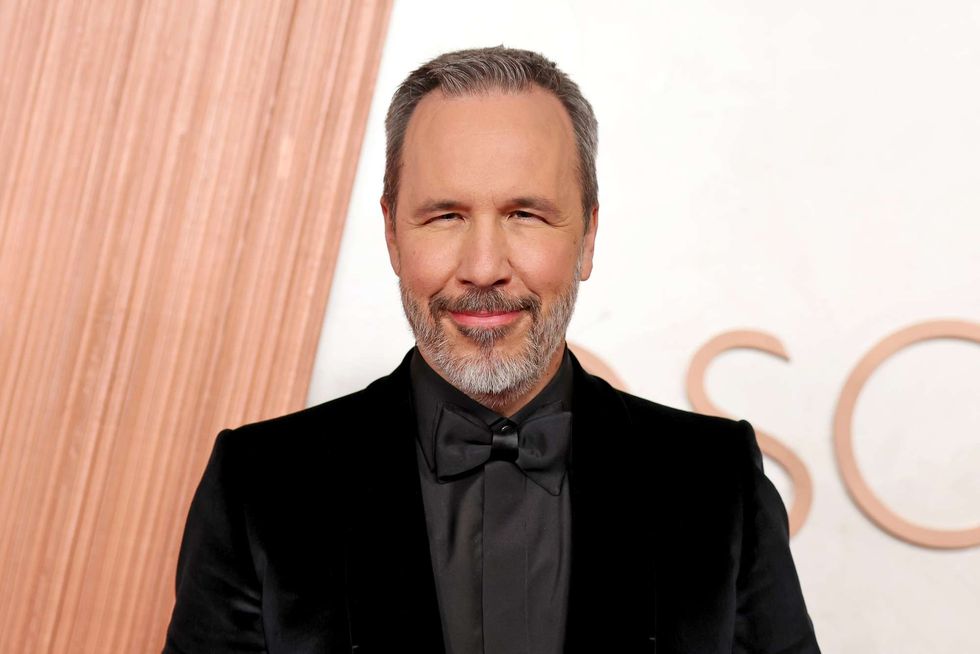India's badminton stars PV Sindhu and Kidambi Srikanth said Monday they are looking for a consistent run leading up to the 2020 Olympics, starting with the India Open tournament this week.
Olympic silver medallist Sindhu suffered a first-round exit in the women's singles of the All England Open early this month. Former world number one Srikanth lost in the men's quarter-finals in Birmingham.
But 23-year-old Sindhu, who claimed the World Tour Finals in December last year, said she has put the All England loss behind her to focus on qualifying for the Olympics.
Qualification for next year's Tokyo Games will depend on badminton world rankings between April 29, 2019 and April 26, 2020.
Two players each from men's and women's category will be allotted an Olympic berth if they are ranked in the top 16.
"2019, it wasn't a really good start. I have been losing and winning," world number six and top seed Sindhu told reporters ahead of the India Open starting Tuesday.
"It is these three tournaments (India, Malaysia and Singapore) and then the Olympic qualifications will also start. I have to be mentally and physically fit to give my best.
"I felt bad for a few days (after the All England loss) but then I thought it's not over with this and there is a lot more to come. Every time you can come back much more stronger and learn from your mistakes," said the lanky star.
Sindhu will open against compatriot Mugdha Agrey and is expected to face a sterner test later in the week with Thailand's Ratchanok Intanon and Chinese third seed He Bingjiao also in contention.
Denmark's Viktor Axelsen -- top seed and world number four -- leads the men's field in the $350,000 tournament that will see many Indian players in action.
Srikanth, who has endured a title drought for the last 17 months, remains a firm favourite on home turf.
Last year's champion, Shi Yuqi of China, withdrew just ahead of the tournament.
"The results haven't really come my way but happy with the way I have been playing. (I am) working on to be more consistent and looking to do well at the Olympics," said world number seven Srikanth.





 The search for the next James Bond heats up after new clues emerge Getty Images
The search for the next James Bond heats up after new clues emerge Getty Images  Callum Turner’s name climbs fast in the new James Bond raceGetty Images
Callum Turner’s name climbs fast in the new James Bond raceGetty Images Denis Villeneuve prepares for the next Bond chapter as casting talk acceleratesGetty Images
Denis Villeneuve prepares for the next Bond chapter as casting talk acceleratesGetty Images Callum Turner’s recent projects keep him firmly on the industry’s radarGetty Images
Callum Turner’s recent projects keep him firmly on the industry’s radarGetty Images






